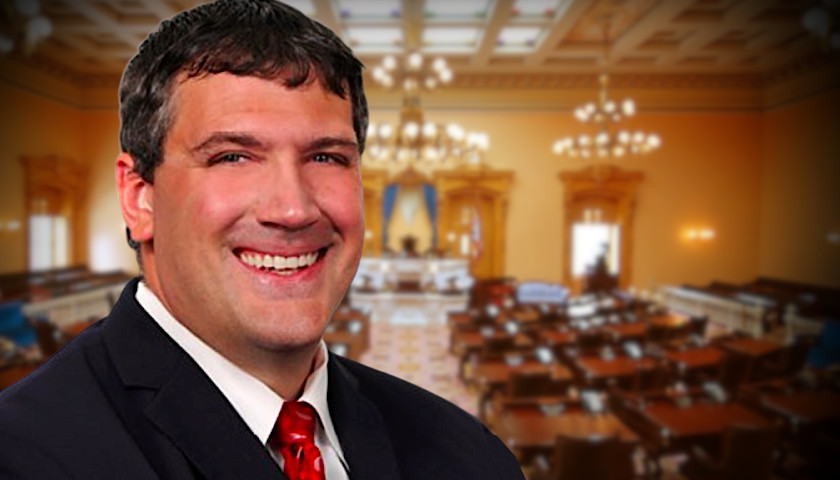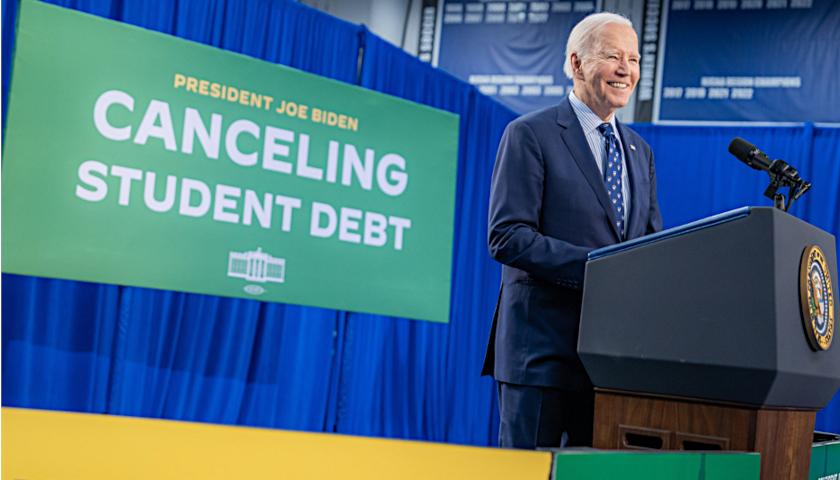Greg R. Lawson, a research fellow at The Buckeye Institute, testified Wednesday before Ohio legislators looking at solutions to the problems facing Ohio’s EdChoice program.
His testimony was made before the Ohio House and Ohio Senate Conference Committee, the institute said in a statement.
In his opening testimony, Lawson said that Ohio’s EdChoice program, which was “originally designed to help students attending under-performing public schools,” needs “short-term and long-term reforms.”
A full copy of Lawson’s speech is available here.
The Ohio Department of Education says of EdChoice:
The Educational Choice Scholarship (EdChoice) Program provides students from designated public schools the opportunity to attend participating private schools. The program also provides low-income students who are entering kindergarten through 12th grade scholarship opportunities.
The program is income-based, the department says.
The Educational Choice (EdChoice) Scholarship Program offers students in grades K – 12 the opportunity to attend a private school for little or no cost. Students from designated public schools qualify for these scholarships.
The EdChoice Expansion Program is an income-based program. It provides students in grades K – 12 the opportunity to attend a private school for little or no cost whose families meet the Federal Poverty Guidelines. This program is only open to students who do not qualify for the Educational Choice Scholarship.
The EdChoice scholarship amount is $4650 for grades K – 8 and $6000 for grades 9-12.
Lawson urged the committee to ensure that “any short-term solutions that would scale back or eliminate EdChoice should include protections for students currently benefiting from EdChoice.”
He also gave an outline for a long-term solution to revamp the state’s school funding system through education pluralism by allowing public education money to follow students to their chosen education provider. This would fund education at the state level but allow schools locally to tailor education to meet students’ needs.
Although his plan would take time, Lawson said, it also would allow public dollars to follow the student.
Education pluralism “takes a holistic approach to education reform and resolves the current funding conflict,” he said.
He also said an education pluralism model will “satisfy Ohio’s constitutional requirements that the state provide a ‘thorough and efficient system of common schools’…and it [will] align with U.S. Supreme Court decisions that have already blessed all
– – –
Jason M. Reynolds has more than 20 years’ experience as a journalist at outlets of all sizes.
Photo “Greg Lawson” by Greg Lawson. Background Photo “Ohio Capitol Floor” by Ohio Senate.








